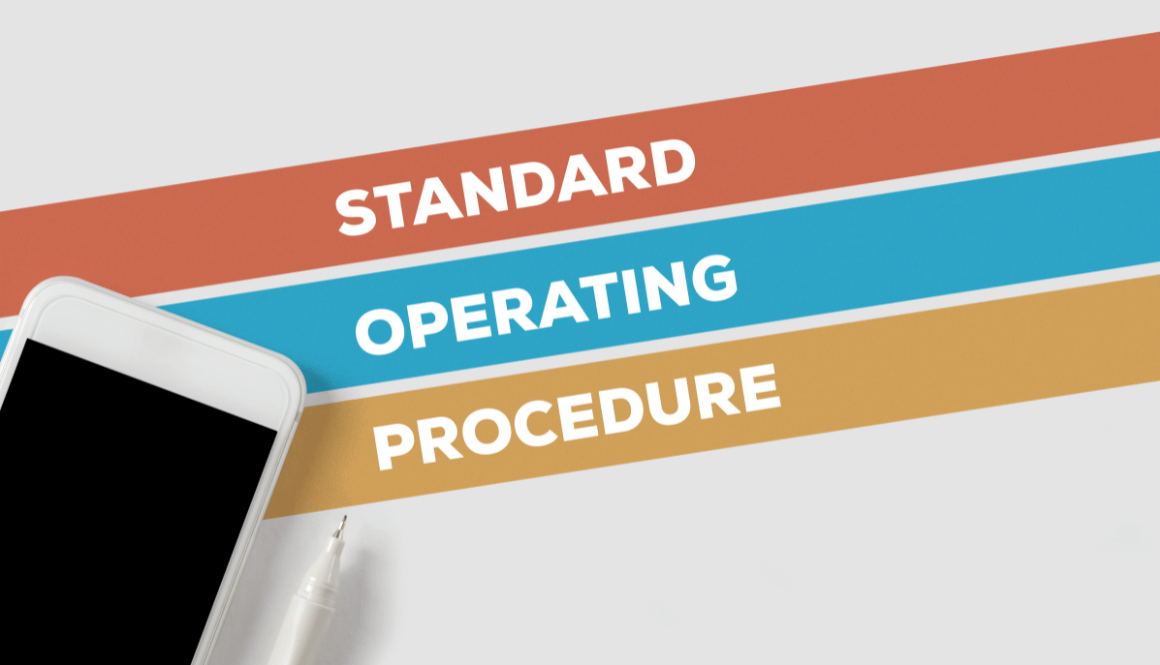Table of Contents
6 Standard Operating Procedures to Implement as a Financial Advisor
As a financial advisor, implementing standard operating procedures (SOPs) is crucial for streamlining your operations and providing consistent service to your clients. Whether you are a seasoned advisor or just starting out, having a set of SOPs can significantly enhance your efficiency and ensure that you maintain a high standard of professionalism. In this article, we will discuss six essential SOPs that every financial advisor should implement.
Importance of SOPs for Financial Advisors
SOPs play a vital role in the financial advisory industry. They provide a structured framework for conducting business, ensuring that every client receives the same level of service and attention. By implementing SOPs, you can eliminate inconsistencies, reduce errors, and enhance client satisfaction.
Creating a standardized process for client onboarding is the first step in implementing effective SOPs. This SOP should outline the steps involved in bringing on new clients, including gathering necessary information, conducting risk assessments, and setting clear expectations. By following a standardized onboarding process, you can ensure that each new client receives the same high-quality experience.
Developing a Client Communication SOP
Effective communication is key to building strong relationships with your clients. By developing a client communication SOP, you can establish guidelines for regular check-ins, progress updates, and addressing client inquiries. This SOP should also outline the preferred channels of communication and the frequency of client interactions. By adhering to this SOP, you can ensure that your clients receive timely and consistent communication, enhancing their trust in your expertise.
Implementing a Portfolio Management SOP
Portfolio management is a critical aspect of the financial advisory role. By implementing a portfolio management SOP, you can establish a standardized approach for assessing client goals, reviewing investment performance, and making necessary adjustments. This SOP should outline the steps involved in conducting comprehensive financial reviews, such as analyzing asset allocation, assessing risk tolerance, and rebalancing portfolios. By following a consistent process, you can provide your clients with a well-managed portfolio that aligns with their financial objectives.
Establishing a Compliance and Regulatory SOP
Compliance and regulatory requirements are paramount in the financial advisory industry. Establishing a compliance and regulatory SOP ensures that you adhere to industry standards and legal obligations. This SOP should outline the necessary steps for conducting due diligence, maintaining client records, and staying updated on regulatory changes. By implementing this SOP, you can mitigate compliance risks and ensure that your practice operates within the boundaries of the law.
Streamlining Administrative Tasks with an SOP
Administrative tasks can often be time-consuming and detract from client-focused activities. By creating an SOP for administrative tasks, you can streamline processes and improve overall efficiency. This SOP should cover tasks such as document management, appointment scheduling, and report generation. By having clear guidelines in place, you can optimize your workflow and allocate more time to client-facing activities.
Training and Maintaining SOPs for Your Team
If you have a team of financial advisors, it is essential to train them on the SOPs and ensure they are consistently implemented. This includes conducting regular training sessions, providing access to SOP documentation, and fostering a culture of adherence to standard procedures. By investing in training and maintaining SOPs, you can create a cohesive team that delivers consistent service to clients.
Monitoring and Evaluating the Effectiveness of Your SOPs
Implementing SOPs is not a one-time activity; it requires ongoing monitoring and evaluation. Regularly reviewing the effectiveness of your SOPs allows you to identify areas for improvement and make necessary adjustments. This can include feedback from clients, team members, and industry experts. By continuously refining your SOPs, you can adapt to changing market conditions and deliver the best possible service to your clients.
Conclusion
In the financial advisory industry, implementing standard operating procedures is essential for maintaining professionalism, enhancing efficiency, and delivering consistent service to clients. By creating SOPs for client onboarding, communication, portfolio management, compliance, administration, and team training, you can establish a structured approach to your practice. Regularly monitoring and evaluating the effectiveness of your SOPs ensures that you remain adaptable and continuously improve. By incorporating these SOPs into your practice, you will take your financial advisory services to the next level, providing exceptional value to your clients.







